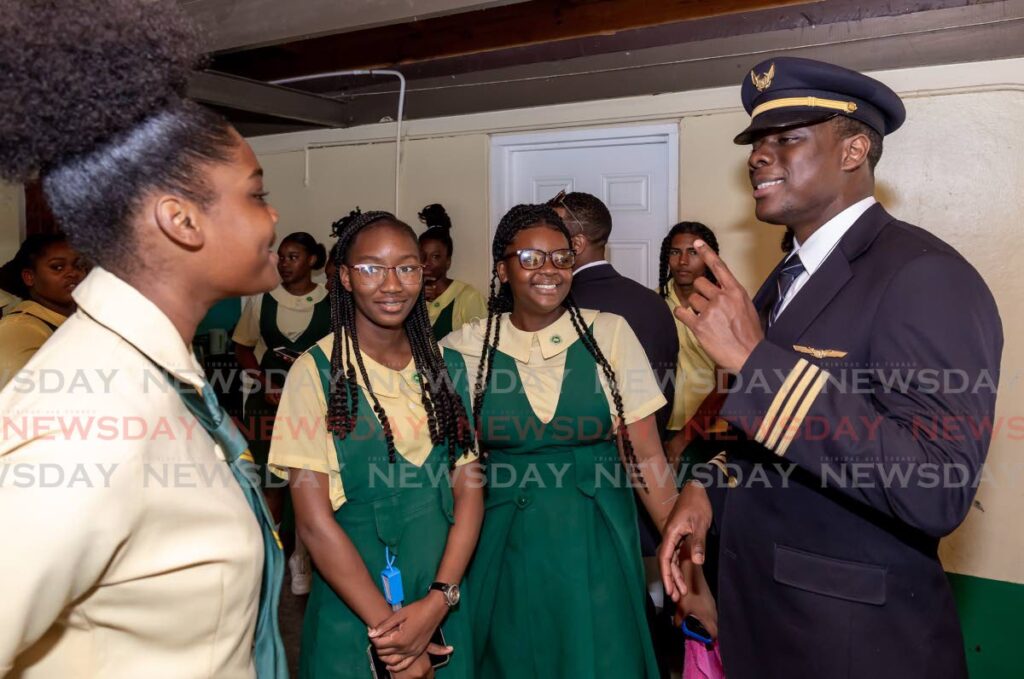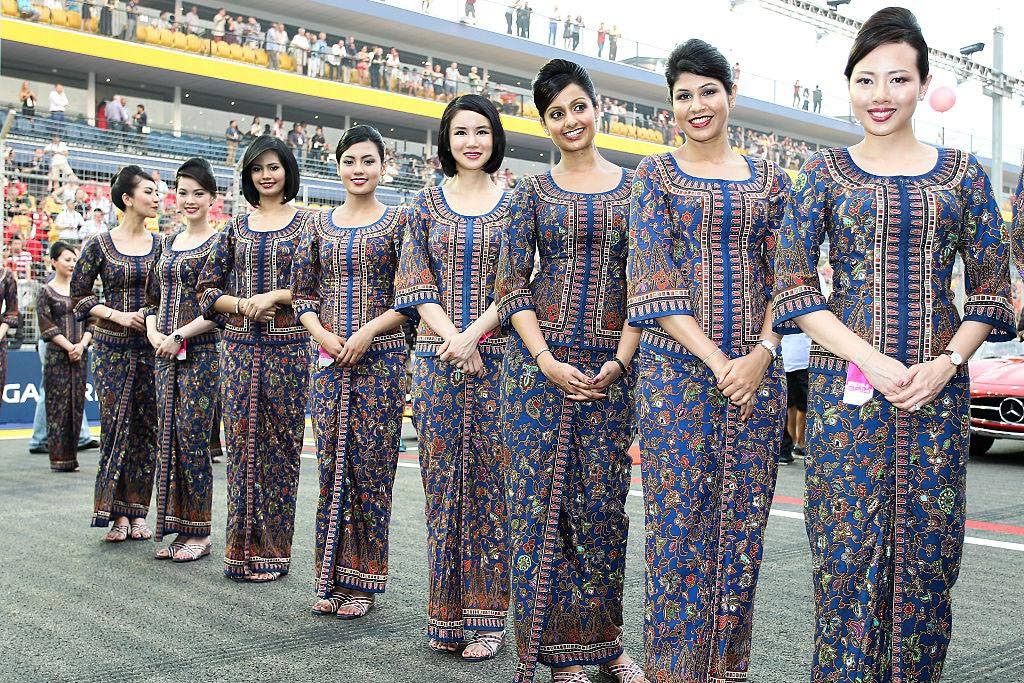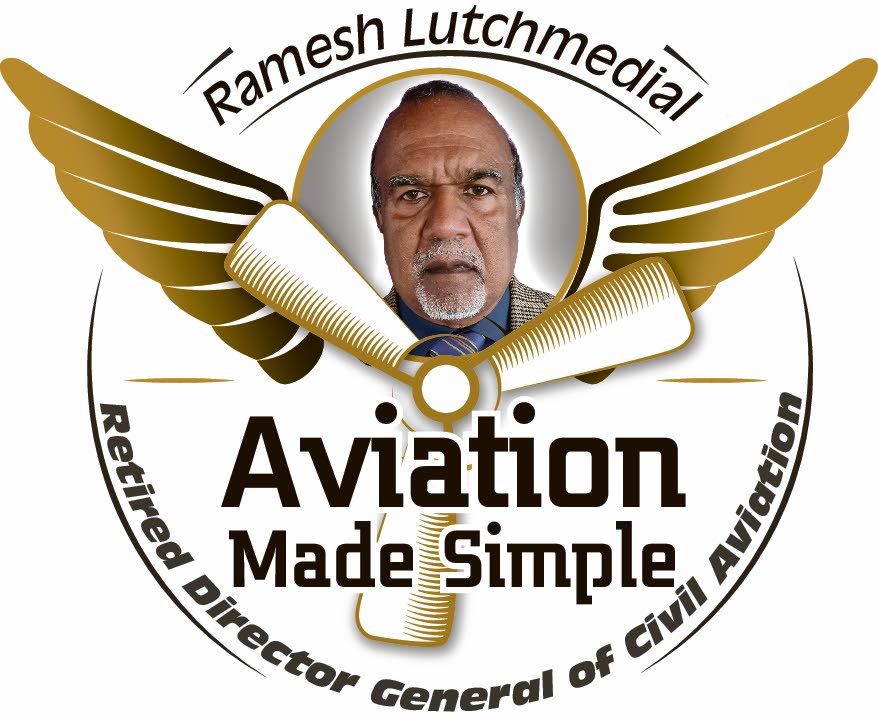History of flight-crew uniforms

A typical flight crew comprises the pilots, who fly the aircraft from the the cockpit, and the flight attendants, who are primarily responsible for passengers’ safety and comfort on board the aircraft.
Flight attendants perform a secondary function as part of the airline’s in-flight experience by serving beverages, meals and snacks to passengers.
Several aviation terminologies were imported from the maritime and rail industries which preceded the air-transport industry. The titles "captain" and "first officer" used to describe the cockpit crew originated from the titles "captain" and "first mate" in the maritime industry.
Airlines want passengers to feel safe on board an aircraft, since passengers’ apprehensions about flying are partly influenced by the appearance and demeanour of the cockpit crew. Uniforms denote rank and discipline. Therefore, pilots’ uniforms, including the jackets, ties, caps, stripes on the jacket sleeves epaulettes and bars, were patterned after those of officers on a ship, with the captain having four bars and the first officer three bars. The bars and stripes were usually gold in colour, but some airlines have changed the colour to silver.
In the early days of commercial air transport, flight attendants were men and were scalled stewards. The senior flight attendant was called a purser. These terms were also imported from the maritime industry. The uniform worn were similar to thatthose of stewards and pursers on passenger ships. Some flight-attendant uniforms have stripes on the jacket sleeves similar to those of stewards and stewardesses on a ship.
The first woman to be a flight attendant was a 25-year-old registered nurse named Ellen Church, who was employed by United Airlines in 1930. Other airlines also began to hire nurses as flight attendants, then called stewardesses or air hostesses. Their uniforms were patterned after nurses’ uniforms.

Women rapidly replaced men as flight attendants, and by 1936, they had taken over the role. They were selected not only for their knowledge but also for their physical characteristics.
A 1936 New York Times article described the requirements:
“The girls who qualify for hostesses must be petite; weight 100 to 118 pounds; height five feet to five feet four inches; age 20-26 years. Add to that the rigid physical examination each must undergo four times every year, and you are assured of the bloom that goes with perfect health.”
Three decades later, a 1966 New York Times classified ad for stewardesses at Eastern Airlines listed these requirements: “A high school graduate, single (widows and divorcees with no children considered), 20 years of age (girls 191⁄2 may apply for future consideration). Five foot two but no more than five foot nine, weight 105-135 in proportion to height and have at least 20/40 vision without glasses.”
Appearance was considered a most important factor to become a stewardess. At that time, airlines believed the exploitation of female sexuality would be a competitive advantage. Therefore, flight attendants’ uniforms were often form-fitting, complete with white gloves and high heels.
The requirement to be a registered nurse on US airlines was relaxed during World War II, as many nurses joined the military nurse corps. This caused airlines to resume employing male flight attendants.
However, they continued to exploit female sexuality by having flight attendants wear form-fitting uniforms, including miniskirts, during the sixties, seventies and eighties. Flight attendants on Asian and Middle Eastern airlines wore more modest and traditional uniforms in keeping with their cultural norms.

On the other hand, Vietjet, an international low-cost airline from Vietnam, was dubbed “Bikini Airlines” because their flight attendants dressed in bikinis on some promotional flights. In January 2018, Vietjet was fined by the Civil Aviation Authority of Vietnam (CAAV) for offering a "bikini show" to Vietnam's under-23 football team, returning from a tournament in China.
"Despite the fact the Vietjet event didn't jeopardise the safety of the flight, it could still have posed a safety risk," said the CAAV.
As airlines rebranded, the design of flight-attendant uniforms was changed to match the brand, and women were allowed to wear trousers, like their male colleagues, paving the way for more modest uniforms.
Singapore Airlines is perhaps the world’s most successful airlines. It began operations in in 1972, when Singapore Airlines took over as the successor of Malaysia-Singapore Airlines. Initially, when Singapore Airlines was created, the flight-attendant uniform was the traditional
sarong kebaya, a tubular batik skirt with a fitted blouse worn by women in Singapore, Malaysia, Indonesia, Thailand, and Myanmar.
In 1972, Pierre Balmain, a French haute-couture designer, was hired to redesign the
sarong kebaya as part of Singapore Airlines new cabin crew's uniform, which he dubbed the “Singapore Girl.”
The Singapore Girl has become a visual trademark and brand for Singapore Airlines, together with the slogan – A Great Way Fly. The Singapore Girl is said to engender "Asian values and hospitality" and has been described as "caring, warm, gentle, elegant and serene."
Since then, the uniform has gained worldwide recognition as part of the airline's branding
Singapore Airlines' cabin service has been recognised with awards from magazines, travel and tourism industries, including the World's Best Cabin Crew Service by the Business Traveler Asia-Pacific Awards for 23 consecutive years.

Comments
"History of flight-crew uniforms"